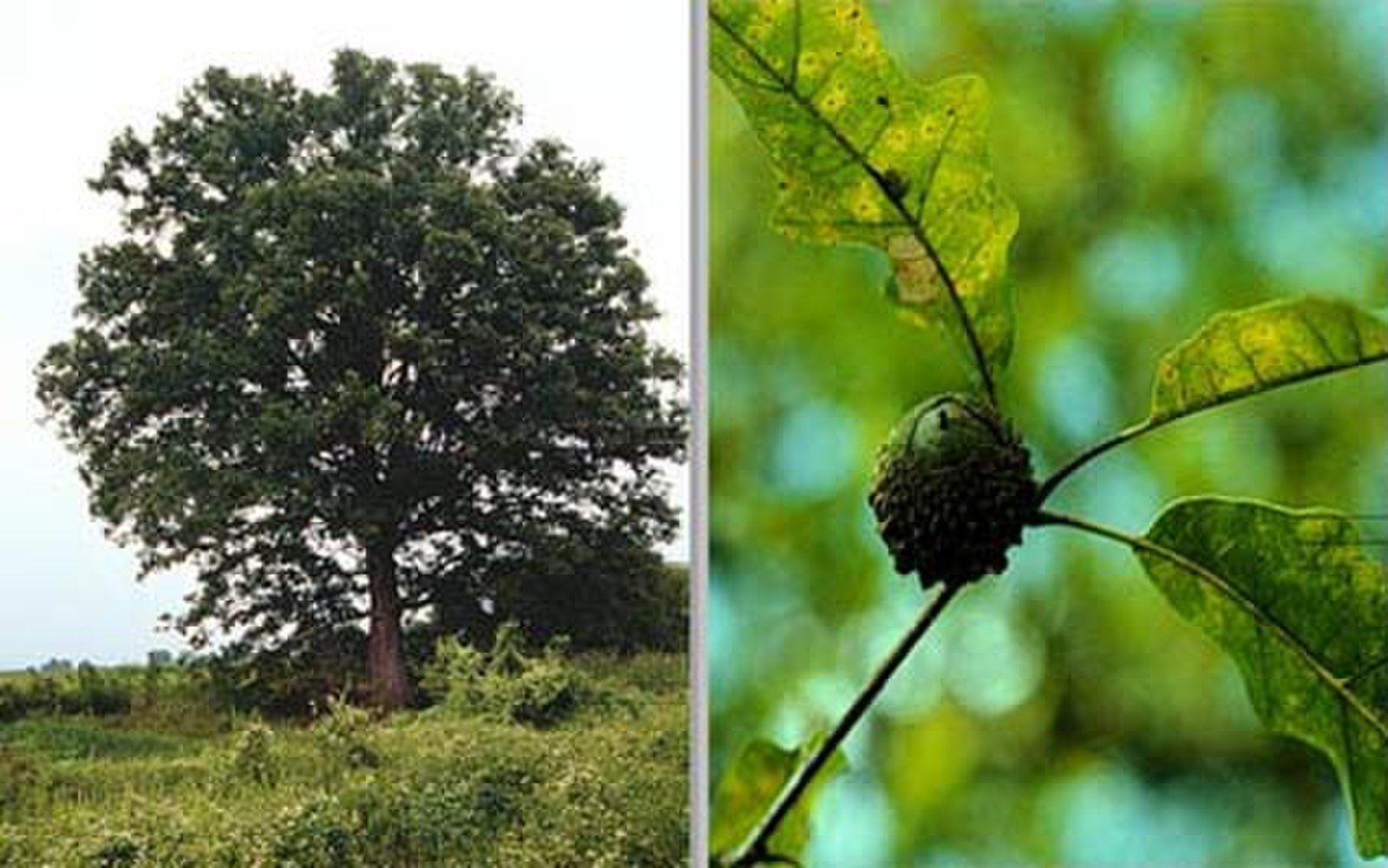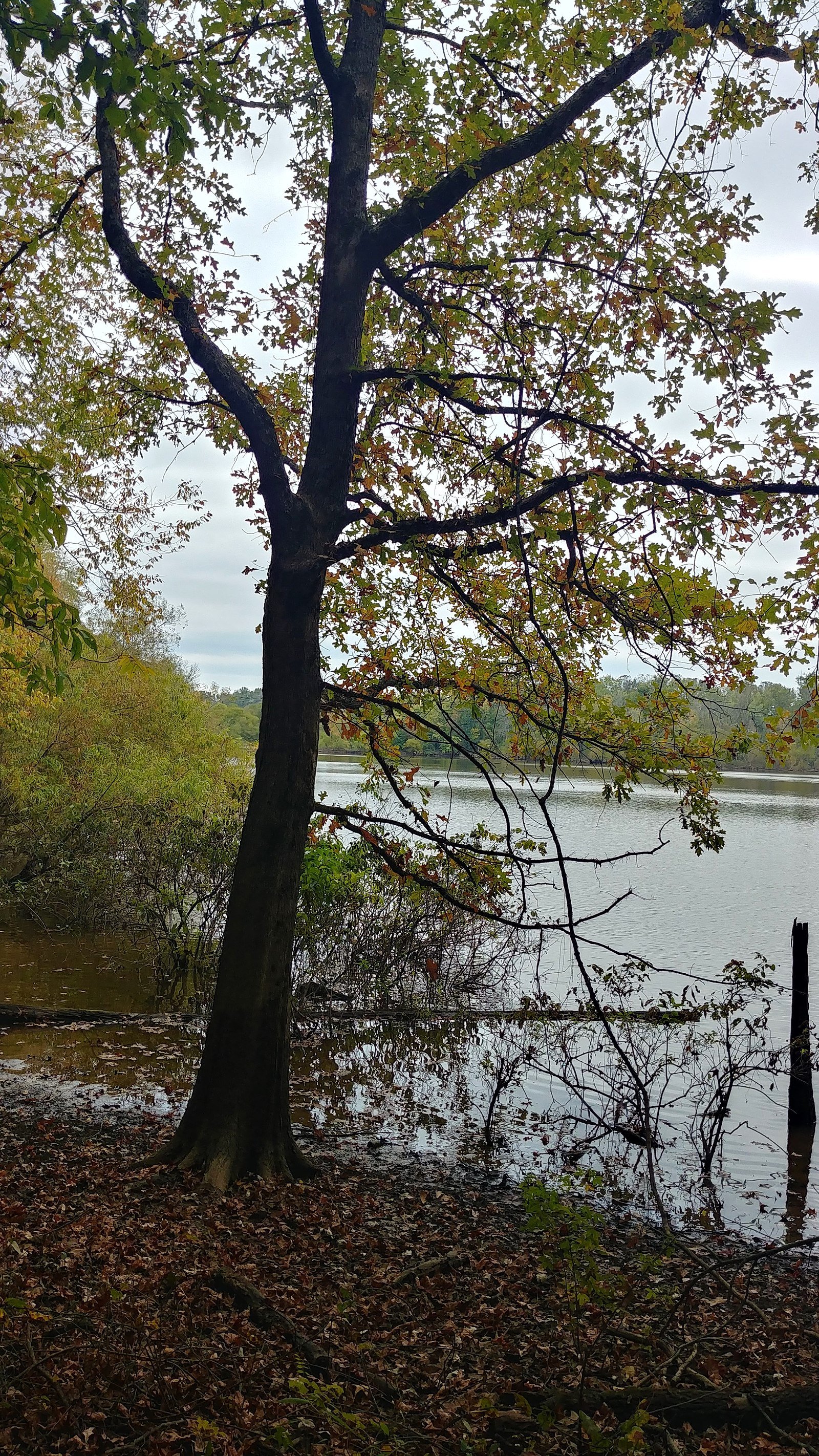 Image 1 of 4
Image 1 of 4

 Image 2 of 4
Image 2 of 4

 Image 3 of 4
Image 3 of 4

 Image 4 of 4
Image 4 of 4





Overcup Oak (Quercus lyrata)
Selling first year local eco type Overcup Oaks. Grown from acorn. Selling 12” tall saplings. Very Healthy root system.
Host plant for 488 caterpillar species
Mother tree located on Stewart Creek greenway.
At maturity, the Overcup Oak can reach heights of 50-60 feet with a spread of 40-50 feet. It prefers full sun exposure and moist, well-draining soil. This oak is notable for its rounded crown and acorns that are nearly completely enclosed in a deep, warty cup.
The Overcup Oak is an important host plant for a variety of insect species, including the Promethea Silkmoth (Callosamia promethea) and the Spiny Oak-Slug (Euclea delphinii). (Source: Mississippi State University Extension)
Selling first year local eco type Overcup Oaks. Grown from acorn. Selling 12” tall saplings. Very Healthy root system.
Host plant for 488 caterpillar species
Mother tree located on Stewart Creek greenway.
At maturity, the Overcup Oak can reach heights of 50-60 feet with a spread of 40-50 feet. It prefers full sun exposure and moist, well-draining soil. This oak is notable for its rounded crown and acorns that are nearly completely enclosed in a deep, warty cup.
The Overcup Oak is an important host plant for a variety of insect species, including the Promethea Silkmoth (Callosamia promethea) and the Spiny Oak-Slug (Euclea delphinii). (Source: Mississippi State University Extension)
Selling first year local eco type Overcup Oaks. Grown from acorn. Selling 12” tall saplings. Very Healthy root system.
Host plant for 488 caterpillar species
Mother tree located on Stewart Creek greenway.
At maturity, the Overcup Oak can reach heights of 50-60 feet with a spread of 40-50 feet. It prefers full sun exposure and moist, well-draining soil. This oak is notable for its rounded crown and acorns that are nearly completely enclosed in a deep, warty cup.
The Overcup Oak is an important host plant for a variety of insect species, including the Promethea Silkmoth (Callosamia promethea) and the Spiny Oak-Slug (Euclea delphinii). (Source: Mississippi State University Extension)
